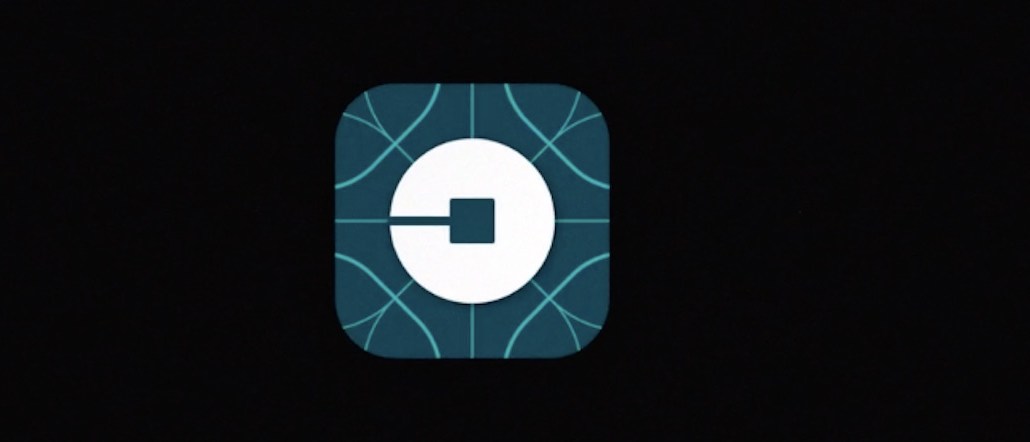
Uber hailed itself a new logo today.
The on-demand car service app shed its four-year-old look, ditching the stylish “U” embossed on a black badge, replacing it with a backwards “C” with a square in it that the brand is calling a “bit.” In a blog post, Uber says that the identity better represents the brand’s shift beyond grabbing a car, describing it as a “new look and feel that celebrates our technology.”
The redesign has been underway for two years. Uber explained that its old black-and-white scheme was “distant and cold.” Now, there’s a plethora of colors that change depending where the customer is using the app in inspired by its surroundings.
“The team has spent months researching architecture, textiles, scenery, art, fashion, people and more to come up with authentic identities for the countries where Uber operates,” writes Uber cofounder Travis Kalanick.
Another big change is the font, which is describes as “more grounded and elevated.” Similar to Facebook’s recent logo tweak, the new logotype looks better on mobile screens.
Ad position: web_incontent_pos1
The identity comes with a overly reflective video explaining the look, too!
Celebrating Cities | Uber from Uber on Vimeo.
Ad position: web_incontent_pos2
Snap judgement from Twitter suggests that people hate it, which isn’t surprising since when has the Internet ever liked a new logo?
Thought that new @Uber logo looked familiar. Better call Robocop. pic.twitter.com/HdFKSp8XVQ
— Pete Pachal (@petepachal) February 2, 2016
all I can see when I look at the new Uber logo pic.twitter.com/61UvaJWg8n
— Millenielle Falcon (@TheMillenielle) February 2, 2016
New @Uber app logo is bad & makes zero sense.
— Liam Bonner (@LiamBonner) February 2, 2016
is the new uber logo supposed to resemble ancient chinese coins? is the regional push all about competing 4 china? pic.twitter.com/o3XmZ0Kccy
— Adam Janofsky (@AdamJanofsky) February 2, 2016
Susan Cantor, the president of Red Peak Branding echoes those sentiments, questioning why Uber ditched its well-known U.
“Unfortunately, I don’t think the new design helps communicate this change. It feels like a map icon or a navigation tool — nothing more — and by failing in design, Uber has undermined the larger strategic platform they want and need to communicate,” she told Digiday.
Uber’s new look comes on the heels of competitor Lyft’s own recent redesign, which it rolled out last year.
More in Marketing

In the marketing world, anime is following in the footsteps of gaming
As marketers look to take advantage of anime’s entry into the zeitgeist, they might be wise to observe the parallels between the evolution of anime as a marketing channel and the ways brands have learned to better leverage gaming in recent years.

With the introduction of video ads and e-commerce, Roblox looks to attain platform status
Roblox is expanding into more areas than just ads in 2024. Much like platforms such as Amazon and Facebook have transcended their origins to evolve from their origins as online marketplaces and social media channels, Roblox is in the midst of a transformation into a platform for all elements of users’ virtual lives.

PepsiCo wants to remain a ‘driver of culture’ as it turns to influencers and activations amid rebrand
The soda-maker says it can translate cultural relevance into sales volume.
Ad position: web_bfu